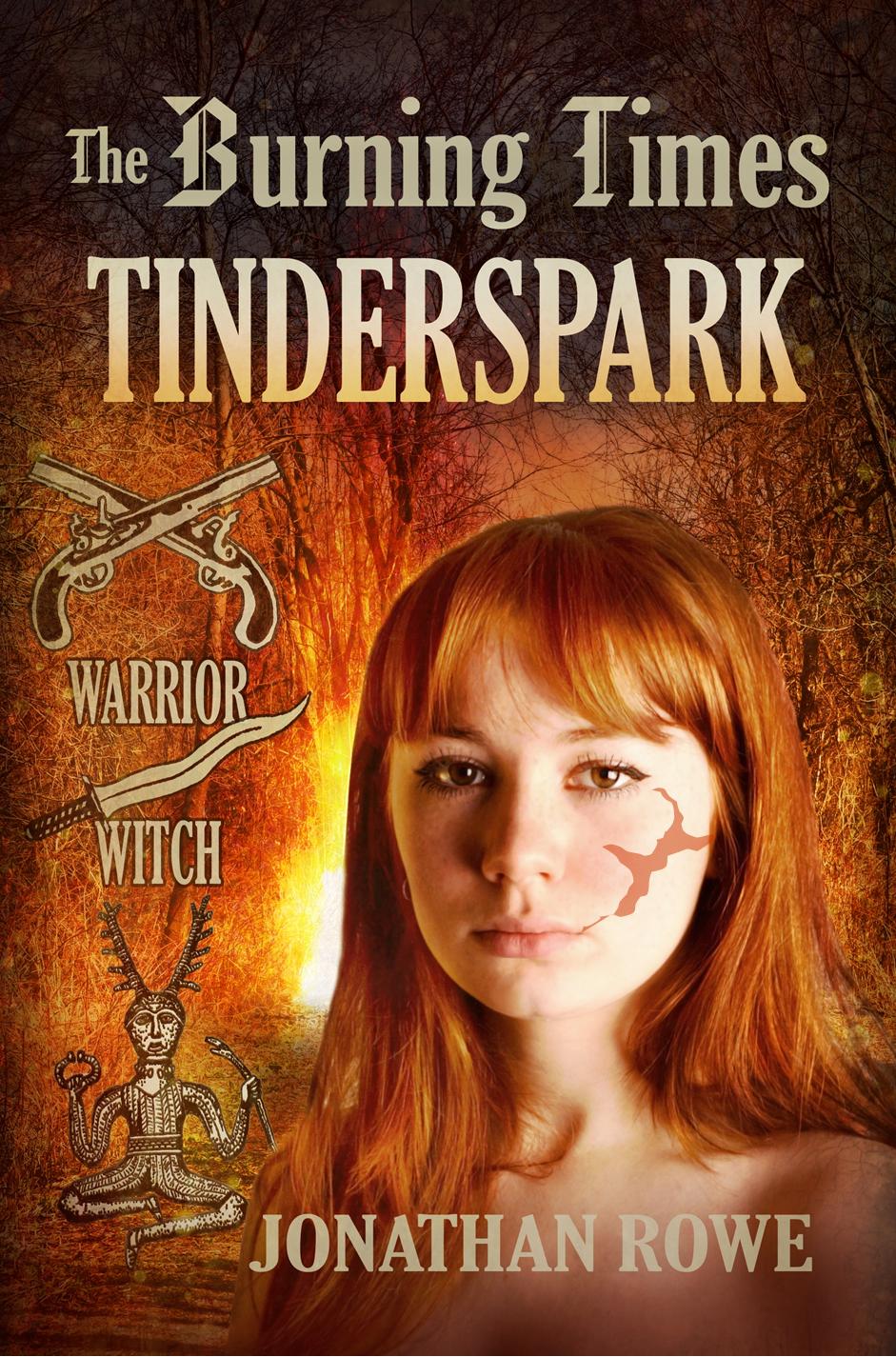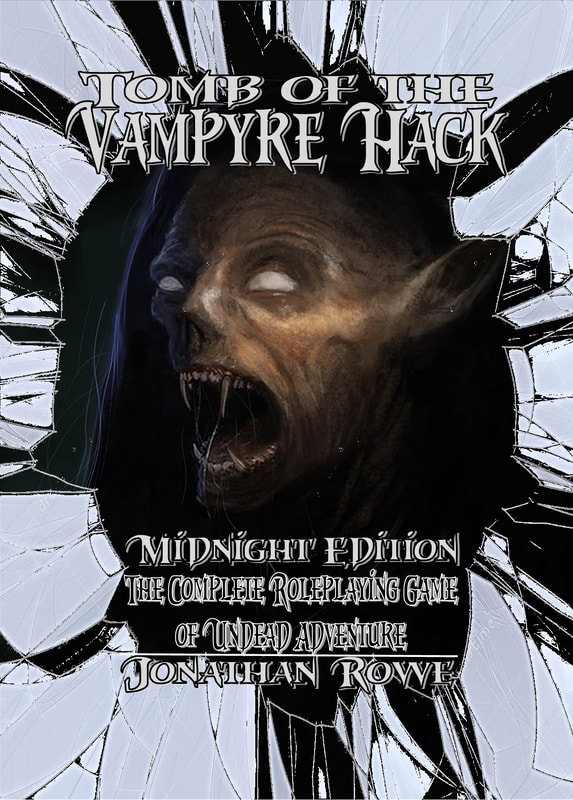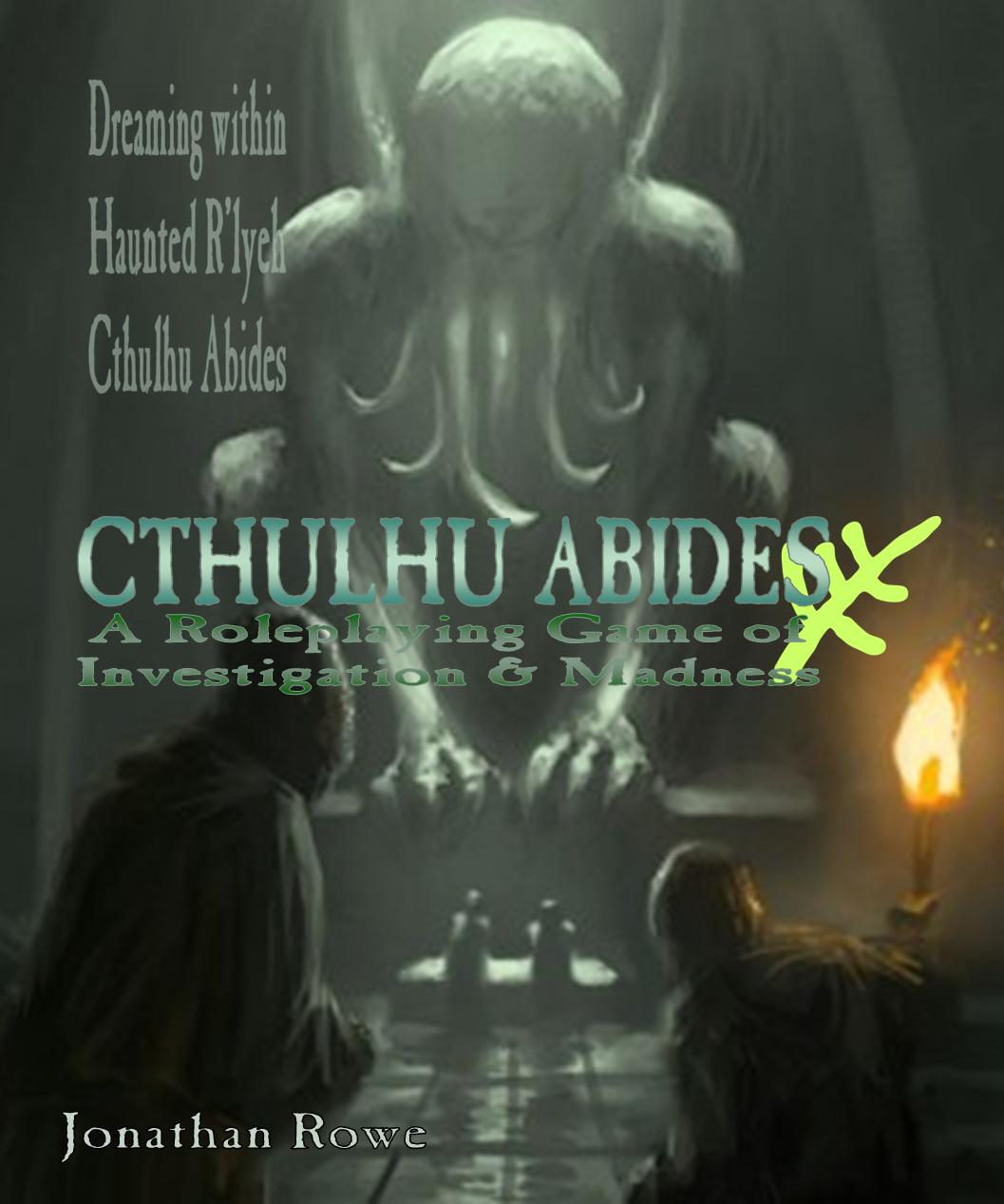|
SPOILERS AHEAD: Fen Orc and Swamp Goblin dissect the classic 1982 AD&D module 'Against the Cult of the Reptile God.' My good friend Swamp Goblin and I have decided to put out a series of video reviews focusing on the RPG products that inspired us. Here's our first; my video production skills are pretty basic, but they're only going to get better. AD&D module N1: Against the Cult of the Reptile God came out in 1982. It was written by Douglas Niles, a former English teacher who bashed this out in 4 weeks: it was his first assignment as a designer for TSR. Niles went on to design other RPGs, like Star Frontiers: Knight Hawks and Top Secret: SI, had a big hand in creating Dragonlance and Forgotten Realms and authored a ton of novels. Reptile God is fondly remembered - and deservedly so - and a particular delight is the way it subverts the expectations of 'Golden Age' or Gygaxian D&D. In the early template, the village acts as a base for the PCs to raid a nearby dungeon. This gets its definitive outing in 1979's T1: The Village of Hommlet. Sure, there are dramas in Hommlet: you can go around gathering clues, you can recruit NPCs to your party, there are a pair of evil dudes who will spy on you for the nearby Temple of Elemental Evil, there are sectarian tensions between Druidists and Cuthbertites. But Hommlet is fundamentally static and benign and it's up to the PCs to make things happen there - or not, as they choose. You can see the influence of Hommlet on Niles' design of Orlane. There are rectangular houses on neat patches connected by public roads and screened by attractive trees. It looks like no medieval town ever; rather, it's a sort of idealised American frontier settlement, somewhere north of Walton Mountain and south of Avonlea, not far from St Petersburg, Missouri. This sort of American idyll, passed off as pseudo-medieval Europe, is very common in fantasy RPGs. You can see it in Greg Stafford's Apple Lane (1978, one of the first RuneQuest scenarios) and I do a deep dive on Mark Kibbe's World of Juravia over here. I mention in the video that an interest in what lies beneath the surface of small town American life has a long pedigree in American literature. I forgot to mention the link cited by Stephen King himself: Grace Metalious' 1956 novel Peyton Place which explores lust, incest and murder in a sleepy New England town. It's the close resemblance of Homlett and Orlane to idealised American communities - rather than actual medieval ones - which drives home the themes of corruption and secret conspiracy so effectively. Niles builds on Gygax's wholesome template in several ways. For a start, he's a better writer and each location is introduced with snappy read-aloud captions that establish more than the size and shape of the property. Attentive players will pick up on tell-tale details of chaos and neglect that indicate (often, but not always) the influence of the Reptile Cult. Niles takes the implied drama of Hommlet and makes his setting fully dynamic. Over a period of days, the Cult will abduct and brainwash the free-willed villagers, in a particular order. This is a community that changes while the PCs are here and if they do nothing at all they will still notice events going on. Niles is sometimes credited with introducing a more investigative, less combat-orientated approach to D&D. Sandy Peterson's Call of Cthulhu RPG came out the previous year (1981) and it's hard not to see the thematic links here - although Niles would have had his work cut out to read and digest Call of Cthulhu and then bash out this Cthulhu-esque module in the time available, so it is perhaps a coincidence. Another possible coincidence is that 1981 saw the release of the first British AD&D module, U1: The Sinister Secret of Saltmarsh, by Dave J. Browne with Don Turnbull. Saltmarsh surely beats Reptile God to the punch when it comes to delivering an investigative AD&D adventure. I'm not sure whether Niles would have been aware of the material being created by TSR (UK) and - again - the time frame doesn't leave much scope for a direct influence. But in any event, Niles' Orlane differs from Saltmarsh in fundamental ways. For a start, Saltmarsh isn't mapped or detailed: it gets a pretty lightweight description: Interesting: the World of Greyhawk location puts Saltmarsh south of Orlane, in the neighbouring Kingdom of Keoland. OK, it's a few hundred miles away, but the same general region. Moreover, the whole point of Module U1 is [SPOILERS] that, despite all appearances, there isn't actually anything supernatural going on - whereas in Orlane, despite the superficial prosperity, there is an occult menace at work. U1: Sinister Secret of Saltmarsh is not an adventure I've ever loved. It feels anticlimactic to me, far too invested in atmosphere and not enough drama and, despite all the investigation and clue-finding, it ends up with a massive fight that can easily overwhelm a low-level PC party (the NPC magic-user has a Sleep spell, ferchrissakes). The secret is not particularly sinister - or even particularly secretive. One thing you cannot accuse Saltmarsh of, though, is being too American. It's all fog, brine, fishy smells and a general sense of murkiness. The later scenarios in the U-series bring in reptile-people (Lizard Men, Sahuagin) and their cults, but there's a complex and realistic political situation unfolding: they're not just 'monsters.' Meanwhile, N1: Against the Cult of the Reptile God picked up critical plaudits, but never spawned a sequel. The N-series turned out to be N-for-Novice: a string of modules supposedly designed for starting characters, not a series developing the region of Orlane, the Rushmoors and the fallout from the destruction of the Cult. The next N-module came along in 1984 and Carl Smith's N2: The Forest Oracle is (not entirely unfairly) pilloried as the worst TSR module ever. In particular, it's condemned for its sloppy and ineffective writing - which only throws Douglas Niles' strengths as a designer into sharper relief. In the video review, Swamp Goblin and I discuss different ways that N1 could develop after the destruction of the Cult. Maybe Module alt-N2: Revenge of the Goddess Merikka, is something I'll have to write myself ... In the meantime, our next deep dive review will be the oh-so-problematic Module X1: The Isle of Dread.
0 Comments
Leave a Reply. |
30 Minute Dungeons
Essays on Forge
FORGE Reviews
OSR REVIEWS
White Box
THROUGH THE Hedgerow
Fen Orc
I'm a teacher and a writer and I love board games and RPGs. I got into D&D back in the '70s with Eric Holmes' 'Blue Book' set and I've started writing my own OSR-inspired games - as well as fantasy and supernatural fiction.. Archives
July 2024
Categories
All
|















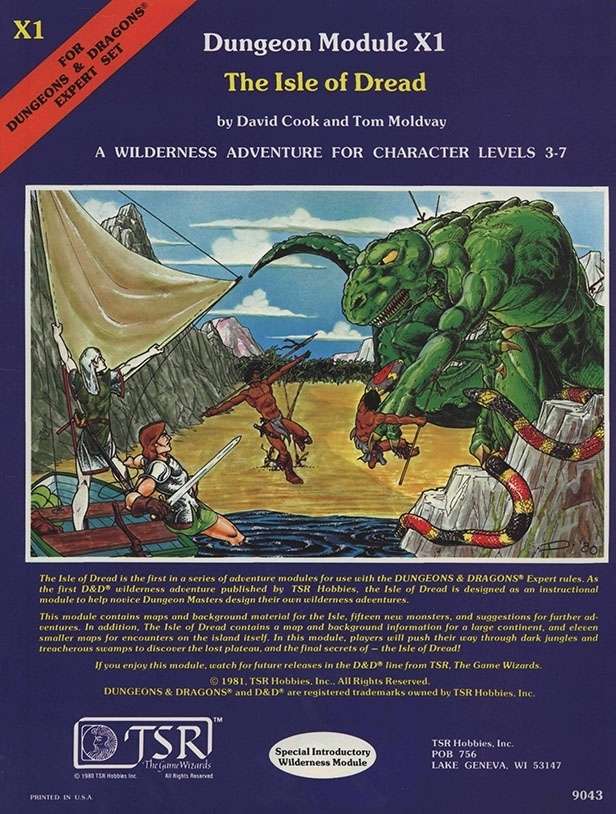
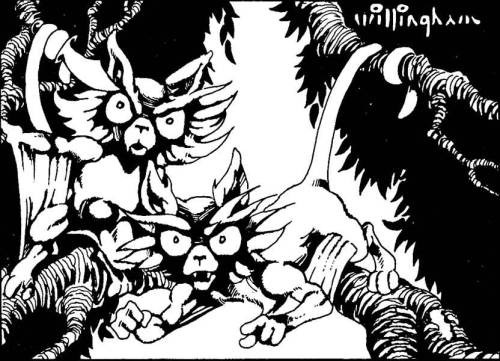


 RSS Feed
RSS Feed


